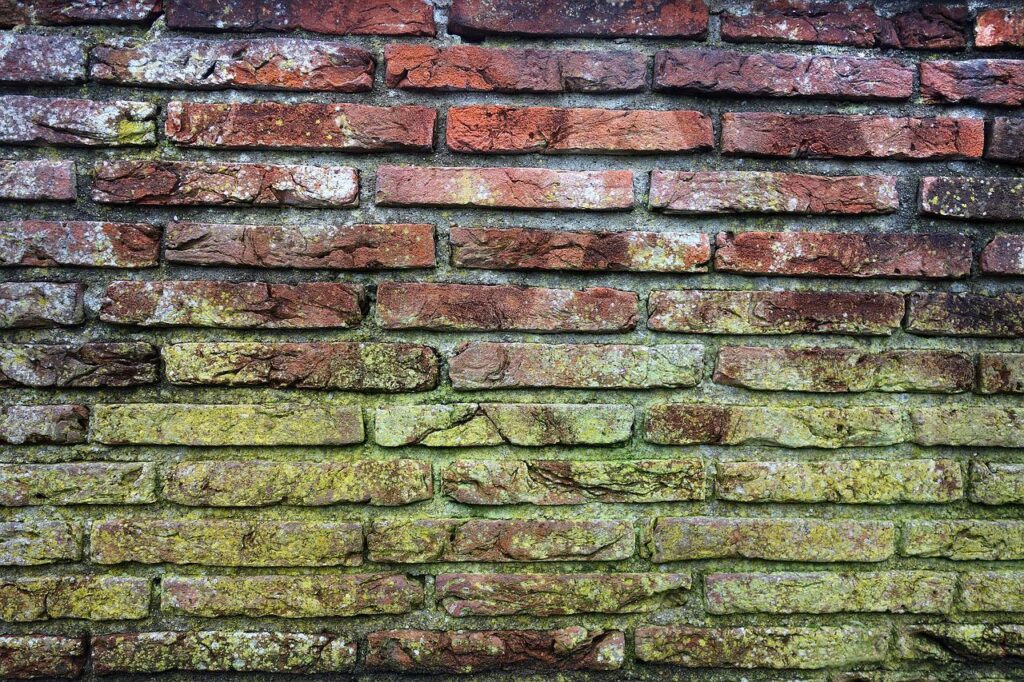These days I had some confrontations with conventional medicine, and I am also (pretty hopelessly) looking for housing once again, so I had to look up once again various documents that explain what is CIRS (Chronic Inflammatory Resonse Syndrome) about.
In a nutshell, it’s when the body has been stressed so much by the presence of mycotoxins that it starts to react to the smallest quantities of substances and materials that provoke inflammation. The main culprit is usually mold, but the stressed body can also react to chemicals, foods and other substances.
The concept was developed by Dr. Ritchie Shoemaker, an MD from Maryland, in the late 1990s, when he had to treat a large number of people in his practice sick with what later would be called Environmental Illness, and Sick Building Syndrome.
This is Shoemaker’s official website (although if you came here to read this blog, you probably know it already) Surviving Mold.
The concept starts gaining recognition beyond Shoemaker’s immediate circle after 2000, with this nice consensus document that collects much of the existing information about CIRS. You can find the full document here. The upside of this long document is that it collects a large number of “respectable” sources, meaning peer-reviewed sources by conventional medicine institutions, the downside is that it’s pretty long and for those who are not familiar with academic jargon or those who are not really motivated to read (like most conventional doctors) it can be an unappealing read.
There are dozens of papers trying to explain the concept, but many share the same issue as the paper above.
When I can’t avoid going for a visit with a conventional doctor, I usually bring with a physical copy of a couple of academic papers, as a defence in case they pull the “let me refer you to a psychologist” card because my symptoms are too complicated for them to deal with (by the way, my symptoms are completely standard and recognisable to anyone who knows about CIRS). Oftentimes the papers stay on the desk, ignored, or a couple of times I had them tossed back at me. In most instances now, I just avoid mentioning my symptoms and diagnoses, I just talk about the specific issue / test that I need, and eventually I will leave the papers when I leave, if I am sure that I will never see that doctor again, just to do my bit of knowledge dissemination. To those doctors who seem a bit brighter and look like they preserved a small part of their natural human curiosity, I offer one or more of these papers:
Diagnosis and Treatment of Chronic Inflammatory Response Syndrome – CIRS by Karen D. Johnson
K. D. Johnson is an MD but practices as an integrative doctor, because of that I have to be careful to share her informative text with conventional doctors, who may not even read it because it’s not peer-reviewed. The same for the following two texts.
Chronic Inflammatory Response Syndrome – Overview, Diagnosis, and Treatment – Keith Berndtson
This is a Chinese publication, it makes me happy that the concept is being adopted around the world. This article considers CIRS in relation to aging. Hopefully they actually mean Chronic Inflammatory Response Syndrome and not the similar acronym Cumulative Illness Rating Scale, also used in geriatric studies. This article too considers CIRS in relation to the elderly, and mentions mycotoxins as one possible cause for Alzheimer (and by the way, even young people can get Alzheimer because of mycotoxins). I mention these publications because there is a sore need for articles about CIRS in “official” journals and sources for it to be recognised by conventional medicine, in the same way it is happening for Multiple Chemical Sensitivity for example. The material is slowly adding up, and hopefully soon it will reach a critical mass.
This article explains how the Visual Contrast test is utilised in the diagnosis of CIRS in children, considering how many children are affected it’s a very useful contribution.
Another diagnostic tool (also not recognised by conventional medicine) is the Neuroquaint brain test, also used to diagnose ME/CFS. This other peer reviewed article explains how that works.
Moving on to YouTube, sadly most of the sources available are from holistic/integrative doctors and naturopaths, and those sources will never convince a conventional doctor, even if their tenets correspond perfectly to the doctor’s personal experience.
This is a nice lecture about CIRS
This in relation to autism:
Literally the only hope for CIRS to seep into the public discourse and in the end be recognised by conventional medicine is that enough well known people are diagnosed with it – something that already (partially) happened for chronic Lyme, thanks to celebrities like Avril Lavigne, Justin Bieber, Shania Twain, or in the case of fibromyalgia thanks to Lady Gaga, Morgan Freeman and Sinead O’Connor, to mention a few. Various celebrities have already denounced mold as a life wrecking danger, like Suzanne Somers, Erin Brockovitch (the real one), and Lou Ferrigno.
This is a well known (in the US) hockey player who was diagnosed with CIRS after Covid, and mold is mentioned.
It’s not like the news from gossip columns are going to influence research funding, but maybe if the celebrities will encourage enough people to speak up, who knows, maybe institutions will follow.







